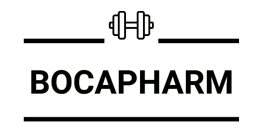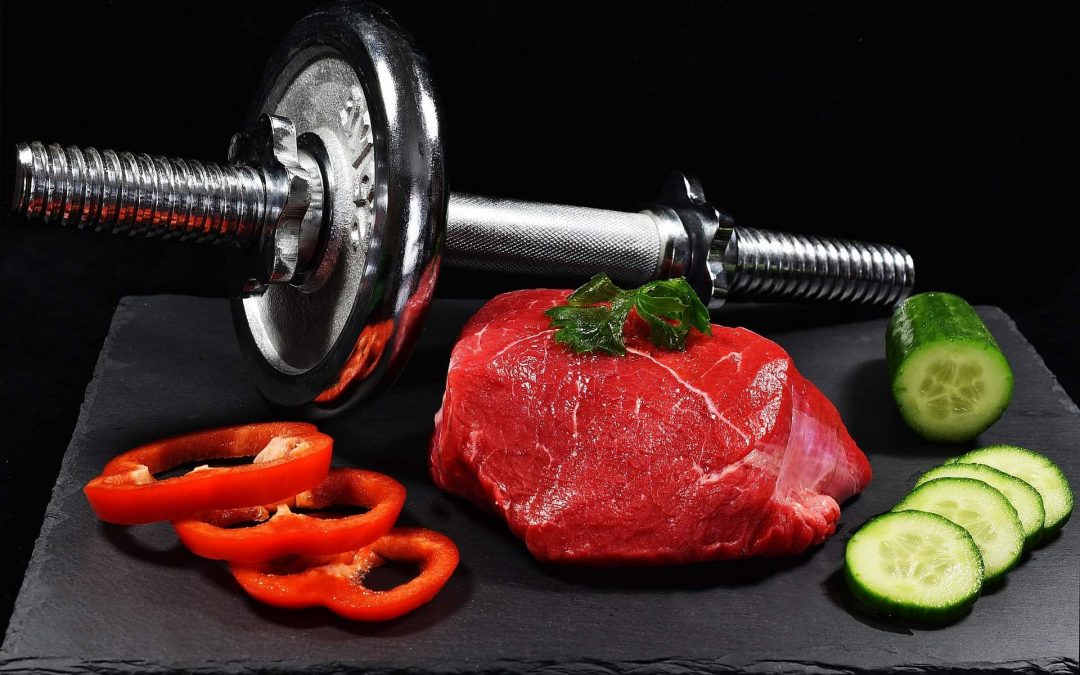Anabolic steroids are a popular method used by many athletes, bodybuilders, and workout enthusiasts around the world. Their main benefits include a quick improvement of athletic performance, a fast muscle-building process, and ultimately – a shredded body. However, all of this would be impossible without the existence of decent levels of testosterone and growth hormone. Anabolic steroids help with the boost of these two essential elements.
It all sounds good but the reality is that you still need to put in the effort to achieve maximum results. Apart from the physical activity and exercise, you also need to follow a strict anabolic steroids diet. In this article, we’ll explain how you could diet while on steroids, explore the different phases of the diet, and look at what you can eat and what’s not recommended to consume while on steroids.
Before we dive into the question of what should a diet on steroids look like, let’s see what this diet is in the first place.
What is an anabolic diet?
First created in 1995, the anabolic diet is designed to support athletes in achieving the best result from their anabolic intake. If you’re looking to start using anabolic steroids, you should certainly become well-informed about the recommended foods that should be consumed during the process and most importantly – what shouldn’t be consumed. There are different phases behind the anabolic diet and they are different in terms of food consumption as they are focused on maintenance, muscle gain, or weight loss.
If you’re wondering how many calories should I eat while on steroids, the answer is different and is based on the phase of the diet you’re in. Here are the different phases of the anabolic diet:
- Maintenance or induction phase – this phase starts from day one of your anabolic steroids intake and lasts until the fourth week. During this phase, you are advised to take in calories 18 times your body weight in pounds. The idea behind the maintenance or induction phase is to prepare the body for the low-carb intake when you start and maintain the level during the whole journey.
- Bulk phase – as the name suggests, this phase is focused on achieving the targeted bulk weight. To set the starting calorie intake for this phase, it’s recommended that you take your ideal body weight and add 15% to it. Keep in mind that the next phase is designed to cut down so going above the desired body weight will make losing fat quicker and easier.
- Cutting phase – this is where the real low-carb weight loss plan takes place. Here, most athletes will cut 500 to 1,000 calories from the first phase or the maintenance. The cutting phase lasts until you reach your ideal body fat percentage, which for most athletes is lower than 10%. Here, if you want to calculate your daily calorie intake, use your body mass and multiply it by 18. Subtract 500-1,000 calories from the number you receive.
- Whole eggs
- Full-fat dairy (cheese, cream, butter)
- Nuts
- Vegetables rich in fibres (green veggies like broccoli, lettuce, celery, and others)
- Peanut oil, coconut oil, olive oil, peanut oil, and other types
- Red meats
-
So what are the best foods to eat while taking steroids?
What to eat while on anabolic steroids
Remember, you want to produce more testosterone and growth hormone levels. And there are a number of foods that can help you do that. In general, here are the foods that you can choose from:
Let’s look at some food choices in more detail.
Spinach
Magnesium is an essential nutrient and active part of the anabolic diet. One of the vegetables rich in Magnesium is spinach. In fact, a standard package of spinach contains nearly 300 grams of Magnesium. Although there are plenty of other foods you can take advantage of and get some levels of the nutrient, spinach is certainly among the top ones to choose.
Bananas
Bananas are a suggested food for the anabolic diet due to their high levels of bromelain enzyme, vitamin B, and potassium. The element we’re most interested in here is bromelain enzyme as it is successful in the saturation of testosterone in the body. Bromelain allows your body to keep the desired amounts of testosterone even if you’re not doing much exercise.
Asparagus
Another rich in Magnesium food source is asparagus. It’s also rich in D-aspartic acid, vitamin K, and B6. D-aspartic acid is also a great way to boost testosterone levels in the body quickly. Plus, an added value is its ability to boost fertility and act as an aphrodisiac.
Eggs
Rich in cholesterol, eggs are another source for increasing testosterone levels. It’s also helpful because of its amino acids, aspartic acid, calcium, and zinc. It’s no surprise that eggs are an active part of the anabolic diet and athletes rely on them for nutrition.
Foods to avoid while on steroids
Although the diet is great for preparing for a competition or another athlete event, it’s not recommended to stay on it for long periods of time. This is mainly because it lacks and suggests you stay away from valuable micronutrients. It is popular for its minimal intake of vegetables, fruit, and legume. In fact, fruits are absolutely prohibited in a typical steroid diet for cutting. Fruits are rich in antioxidants and the lack of this valuable substance in the body may lead to accumulated stress.
The anabolic diet is also famous for lacking fibers, meaning that you risk collecting gut bacteria, which may lead to more serious health conditions in the future.
Can you eat more on steroids?
Although the anabolic diet offers a few different meal plans to abide by, you may notice that you have food cravings while on steroids. This is normal as you will get a natural appetite boost as a result of the way they influence your metabolism. In order to achieve your desired results, follow a strict nutrition plan while on anabolic steroids. We hope that the information we’ve provided will come in handy for your next steroid journey.








